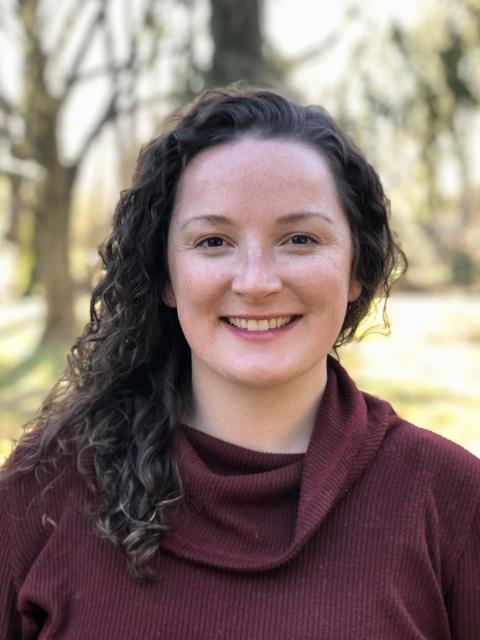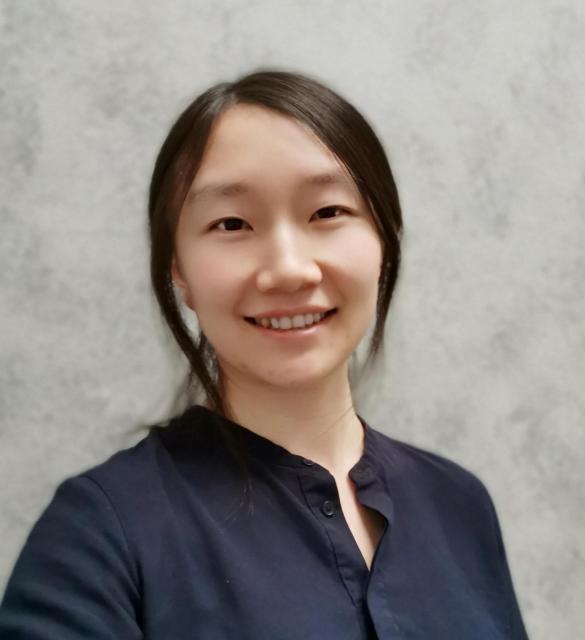Speakers
Alina von Davier, Actnext, INC.
Miss Marple’s Search for Truth in Big Data: on Design, Causal Inference and Computational Psychometrics
Michel Wedel, University of Maryland
Psychometric Analysis of Eye Movements During Search and Choice
Bin Yu, Departments of Statistics and EECS, UC Berkeley
Veridical Data Science: The Practice of Responsible Data Analysis and Decision Making
Anna-Lena Schubert, Heidelberg University
Neurocognitive Psychometric Approaches to the Measurement of Individual Differences in Cognitive Processes
Zhiyong Johnny Zhang, University of Notre Dame
Psychometric Models for Social Network Data Analysis
Amanda Luby, Swarthmore College
Psychometrics for Forensic Decision-Making
Forensic science often involves the evaluation of crime-scene evidence to determine whether it matches a known-source sample, such as whether a fingerprint or DNA was left by a suspect or if a bullet was fired from a specific firearm. Even as forensic measurement and analysis tools become increasingly automated and objective, final source decisions are often left to individual examiners’ interpretation of the evidence. Furthermore, forensic analyses often consist of a series of steps.
Lu Ou, ACTNext
Knowing it early in embodied learning: Forecasting with hand-eye coordination
Embodied learning and the design of embodied learning platforms have gained popularity in recent years due to the increasing availability of sensing technologies. In our study, we made use of the Mathematical Imagery Trainer for Proportion (MIT-P) that uses a touchscreen tablet to help students explore the concept of mathematical proportion. The use of sensing technologies provides an unprecedented amount of high-frequency data on students’ behaviors.
Zachary Roman, University of Zurich
Bayesian spatial and network auto-regressive structural equation modeling: A novel approach
Spatial analytic approaches are classic models in econometric literature (LeSage & Pace, 2009), but relatively new in social sciences. Spatial analysis models are synonymous with social network autoregressive models which are also gaining popularity. These models have two major benefits. First, dependent data, either socially or spatially, must be accounted for to acquire unbiased results. Second, analysis of the dependence provides rich additional information such as spillover effects (Valente et al.,1997; LeSage & Pace, 2009).
Jay Verkuilen, The Graduate Center, CUNY
Fisher information based local fit via the correlation curve
Nonlinear and heteroscedastic models are widely used all throughout psychometrics and statistics. While the interpretation of coefficients and measures such as R2 in the linear model are unambiguous, in general this is not true for models that have nonlinear terms and/or heteroscedasticity. Even in the case of a model that is linear in the parameters but nonlinear in a variable, such as polynomial regression, interpretation in terms of model parameters themselves can be quite challenging.
Susu Zhang, Columbia University
Uncovering cross-situational consistency with canonical correlation analysis of process data
The process data collected from computer-based interactive items, which document the sequence of actions that test-takers perform during problem-solving, can contain great amount of information about the test-takers: They not only reflect test-takers’ proficiency on the measured trait but may also reveal consistent behavioral patterns that carry over from one assessment item to another, including problem-solving strategies, response style, and preferences.
Holger Brandt, University of Zurich
Detecting mediator variables when important confounders are omitted
Mediation analysis is often based on models using the no-unmeasured confounder assumption. This assumption implies that all relevant confounder variables are included in the model. This is unrealistic in most situations and mediators identified with these models are often statistical artifacts. Recently, a rank preserving model (RPM) was developed that uses an alternative no-effect modifier assumption (Ten Have et al., 2007; Zhang & Zou, 2015): Unobserved confounders can affect mediator and outcome but should not moderate the effects of treatment or mediator on the outcome.
Andries van der Ark, University of Amsterdam
New advances in Mokken scale analysis
Mokken scale analysis is a scaling method that consists of two parts: An automated item selection procedure for constructing scales and a series of goodness of fit methods for nonparametric item response theory models. In this talk, I will discuss two recent developments in Mokken scale analysis: First, Mokken’s scalability coefficients and their standard errors have been generalized to multilevel test data. Second, the automated item selection procedure now takes the sampling variability of the scalability coefficients into account.
Kenneth Wilcox, University of Notre Dame
Combining topic modeling and regression: Supervised topic modeling with covariates
As text data become larger and increasingly accessible in psychological research, the need for appropriate statistical models has grown. One statistical framework, topic modeling, models patterns of word co-occurrences using discrete latent topics. Unsupervised topic models such as Latent Dirichlet Allocation (Blei, Ng, & Jordan, 2003) are typically used to estimate topic proportions as a summary of the text (e.g., to understand the content of survey responses). In psychology, it is common to use these estimated topic proportions as regression predictors in a two-stage approach.
JoonHo Lee, University of California, Berkeley
Bayesian deconvolution for modeling treatment effect heterogeneity in multisite trials
Modeling site-level variation in treatment effects is a critical component in understanding the results of large-scale multisite trials. Combined with the proper setting, a given treatment might be far more effective than the average effect would propose. A convenient, often implicit, modeling assumption is that the distribution of site-level effects is Gaussian. Yet, this could yield misleading estimates for quantities such as the proportion of sites had an impact larger than some threshold, particularly when the true distribution is multi-modal or long-tailed, for instance.
Maarten Kampert, Leiden University
Dissertation Prize: Improved Strategies for Clustering Objects on Subsets of Attributes
















